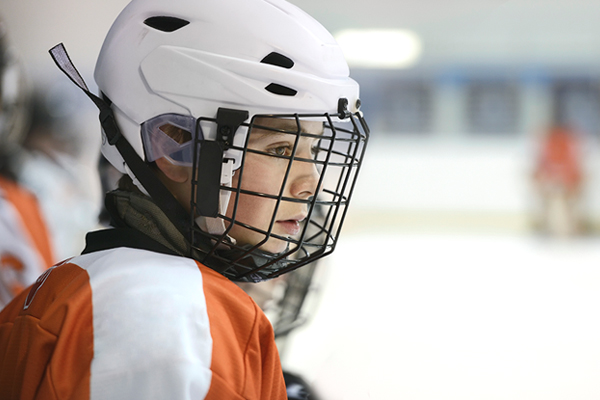
Vision issues following a concussion – there is hope and help
Experiencing blurry or double vision, headaches, or difficulty when using screens after a head injury? Here’s what you need to know about visual disturbances after a concussion.
Symptoms of vision issues after a concussion
in Canada between 2018 and 2023, 74% of all head-injury visits to the ER were due to concussions. Of these injuries, there is a high occurrence of vision problems.
There are 3 types of vision problems to be aware of. Convergence insufficiency (CI) is when your eyes don't work together when focusing on something near. Accommodative insufficiency (AI), when you experience reduced focus when looking at something near. Saccadic dysfunction (SD), when you experience abnormal delay in starting eye movement, speed of eye movement, or inaccuracy of eye movement.
Here are signs and symptoms that you may be experiencing lingering visual disturbances after a concussion:
- Difficulty reading
- Eye strain
- Headaches
- Double vision and/or squinting or closing one eye
- Blurred vision
- Eye fatigue
- Motion sickness
- Difficulty focusing
- Objects appearing to move

How can I fix my vision issues?
Unfortunately, more often than not, visual disturbances go undiagnosed or unaddressed during treatment following a concussion.
Research supports the effectiveness of treatment through vision therapy and vestibular rehabilitation techniques. So the good news is that vision therapy or eye exercises, prescribed by a trained professional can be extremely successful in a very short period of time.
Treatment is often one to two times per week in the form of a 45 minute in-office session and 15 minute sessions on three to five days per week at home. The typical number of sessions range from 10-20, mostly depending on the time since the concussion.[iv]
Does it work?
It sure does!
85% of those diagnosed with CI had a successful outcome and 15% experienced improvement.
AI issues were also improved in a large majority of subjects (67%) and the other 33% had a successful outcome.
SD issues were successfully addressed in 85% of participants and improved in an additional 5%.

Next steps
If you, or someone you know is experiencing issues like blurry vision, double vision, headaches and/or difficulty reading or using a computer following a concussion reach out to a trained concussion therapist in your community.
Every concussion is unique. A Lifemark physiotherapist can help by performing a comprehensive assessment and designing a treatment plan specifically for your health goals and needs. To schedule an assessment, click here to find a location near you or book an appointment online today.
